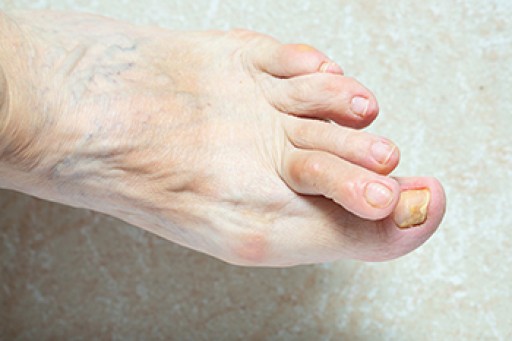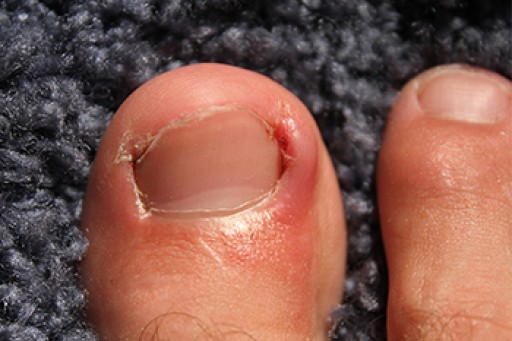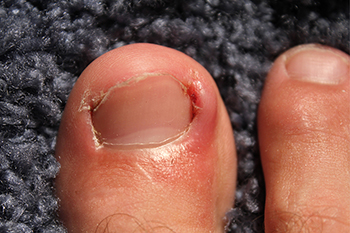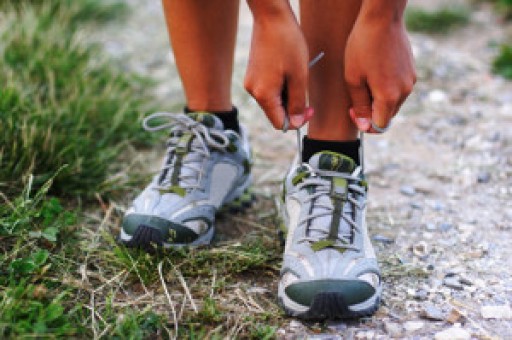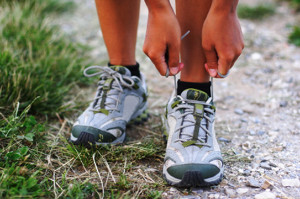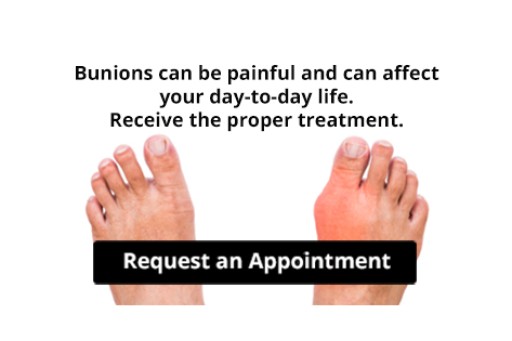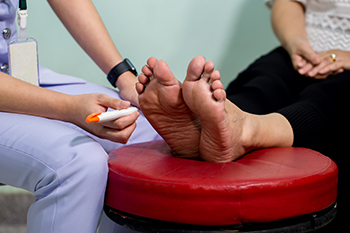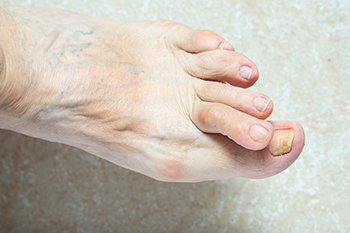
Hammertoe is a condition where the second, third, or fourth toe bends at the joint due to muscle or ligament imbalance, often caused by factors like injury, wearing poor footwear, or arthritis. Surgery can be an option for severe cases causing pain or balance issues, but it may not be suitable for those with poor circulation, increased surgery risks, or infections. Successful treatment depends on the severity of the hammertoe. Options may include tendon transfer, joint resection, or fusion, with the latter two involving cutting tendons and ligaments to straighten the toe. Tendon transfer reroutes tendons to straighten the toe, while joint resection and fusion involve bone alterations and the use of pins or screws. If you have a hammertoe and it is causing discomfort, it is suggested that you schedule an appointment with a podiatrist to discuss whether surgery is an option for you.
Hammertoes can be a painful condition to live with. For more information, contact one of our podiatrists of Footcare Now. Our doctors will answer any of your foot- and ankle-related questions.
Hammertoe
Hammertoe is a foot deformity that occurs due to an imbalance in the muscles, tendons, or ligaments that normally hold the toe straight. It can be caused by the type of shoes you wear, your foot structure, trauma, and certain disease processes.
Symptoms
- Painful and/or difficult toe movement
- Swelling
- Joint stiffness
- Calluses/Corns
- Physical deformity
Risk Factors
- Age – The risk of hammertoe increases with age
- Sex – Women are more likely to have hammertoe compared to men
- Toe Length – You are more likely to develop hammertoe if your second toe is longer than your big toe
- Certain Diseases – Arthritis and diabetes may make you more likely to develop hammertoe
Treatment
If you have hammertoe, you should change into a more comfortable shoe that provides enough room for your toes. Exercises such as picking up marbles may strengthen and stretch your toe muscles. Nevertheless, it is important to seek assistance from a podiatrist in order to determine the severity of your hammertoe and see which treatment option will work best for you.
If you have any questions, please feel free to contact our offices located in Elmhurst Jackson Heights, and Astoria, NY . We offer the newest diagnostic and treatment technologies for all your foot care needs.
